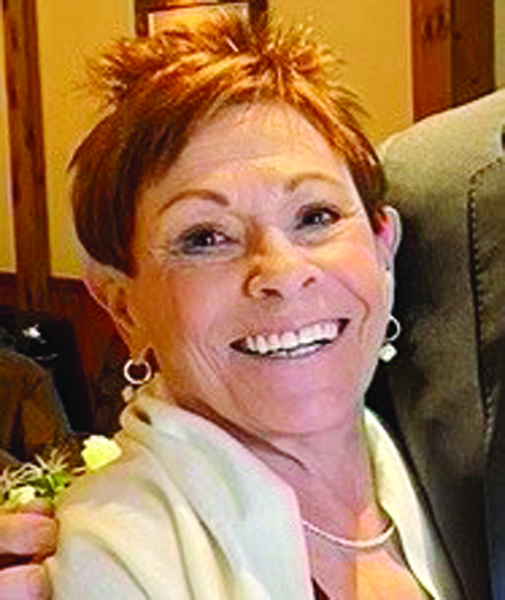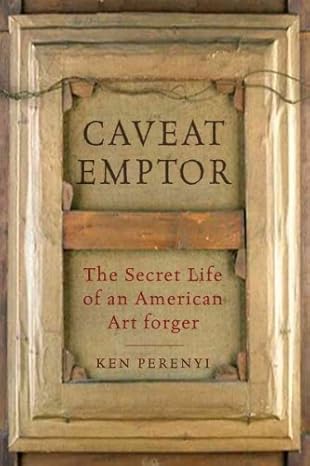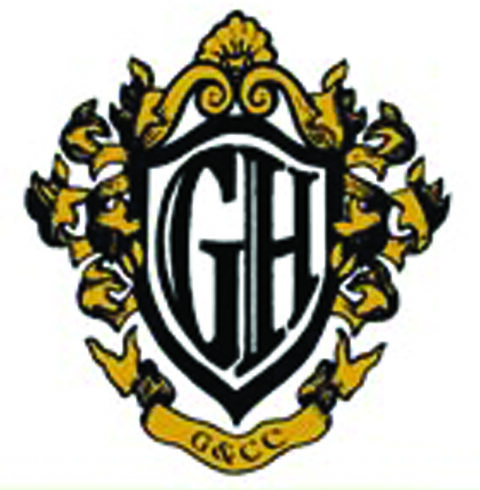
GULF HARBOUR BOOK REVIEW OF CAVEAT EMPTOR BY KEN PERENYI
CAVEAT EMPTOR

The Gulf Harbor Book Club met on March 3, 2025, to discuss Caveat Emptor by Ken Perenyi. There were 28 members in attendance.
After each author that we have on Zoom, we always say this was the best book club ever. So, when we tell you that this was the book club ever you can’t even imagine what you missed. Sorry, those of you on the canasta cruise who missed this book club session. It really was the best ever.
Author Sandi Altner, Winner of the 2012 Carol Shields Winnipeg book award, conducted the interview in person. Sandi enjoyed an award-winning career in television news in Canada before she left to follow her passion for writing fiction. She lives, writes and blogs in Boca Raton.
We read Sandi’s historical novel, Ravenscraig, a few years ago. (Learn more here: https://www.sandialtner.com/) Sandi is completing the sequel and expected to have it ready for our March 3rd meeting. Since she is trying to get it published as opposed to self published, she wasn’t going to meet our deadline. She suggested Florida author, Ken Perenyi, America’s greatest art forger, would be an engaging substitute with his memoir Caveat Emptor, and she offered to facilitate the discussion. It was Ken’s story about his life as an art forger, told on CBS Sunday Morning that inspired Sandi to set her new novel in the world of art forgery in 1914. You can see the CBS Story here: https://www.cbsnews.com/video/the-art-of-the-fake/
When we tell you that Ken is one of the most charming people you would ever want to meet, that’s an understatement. His delightful personality came right through the zoom screen where we were all smiling, laughing and just having a great time.
Ken belongs behind bars for what he did. As he told us, he lucked out as another investigation by the FBI, this one on Sotheby’s (https://www.cnbc.com/2012/07/31/Soaking-the-Rich-at-Auction-Evidence-Files.html) was being conducted at the same time that they were gathering information on him. on Sotheby’s practices because they were more concerned about blowing up the art world so they dropped the case against Ken.
Sandi did most of the questioning of Ken and the way he answered you could tell how he could put his forged works into Christie’s and Sotheby’s auction houses. It didn’t matter again whether it was Rembrandt, Picasso, or American painters such as James Buttersworth and Martin Johnson Heade.
From a review by Caitlin O’Hare:
“Caveat Emptor: The Secret Life of an American Art Forger is a first-hand account by Ken Perenyi, who built a lucrative career out of art forgery, living a life of luxury while duping countless people along the way. For those curious about how one might get away with art forgery and become incredibly wealthy in the process, Perenyi outlines exactly how he did it. When the book was released in 2012, it shocked the art world, sending ripples through major auction houses and galleries worldwide. A self-taught artist had come forward to confess—brag, even—and share his methods, all because he could.”
The following is from the Center for Art with comments from me (Joan Kaplan) highlighted in blue.
Forging a Path in Forgery
Perenyi, hailing from New Jersey, describes a youth marked by mediocre performance in school, a lack of ambition, and frequent trouble due to daydreaming and drawing. He grew up with the awareness that “New York City was the center of the entire world,” and it was there, in this bustling center, that he met the counterculture art enthusiasts who would inspire and encourage him to pursue art forgery for over 30 years. Perenyi began painting during the Summer of Love in 1967 with Perenyi and his friends hanging out in a Warhol Factory-esque building they called the “Castle.”
Perenyi’s fascination with forgery began after reading about Han Van Meegeren, the Dutch art forger of the 1930s who successfully created “previously unknown” Vermeer paintings. Inspired, Perenyi confided to a friend that he believed he could replicate the masterpieces found in museums and he quickly became addicted to the thrill of selling fakes for cold hard cash. Initially, these forgeries were “the only thing” keeping him from starvation, but soon he made sure to always have a few “Dutch” paintings ready to sell. He eventually apprenticed with an art restorer, mastering the technical aspects of the craft, which naturally led him to pursue forgery full-time. Before long, he became a master at replicating 18th- and 19th-century American art, producing “Heades,” “Kings,” and “Buttersworths” that eventually appeared at prestigious auctions like Sotheby’s and Christie’s. The book details Perenyi’s techniques, such as baking paintings in the sun or coating them with rottenstone or rabbit skin glue. He studied, and bought antique frames, taught himself how to place the proper cracks, and created his own technique for handling patina that passed as authentic when examined by the experts, etc. He was a perfectionist. Despite his criminal activities, Perenyi remains oddly humble, critiquing how art professionals and the ultra-wealthy determine what is and isn’t valuable, leaving readers to question the value we place on art.
Having perfected his craft, Perenyi developed sophisticated systems, often having others sell his paintings on his behalf. He built a network of criminals who knowingly sold his forgeries. As the market became saturated with his Dutch and Flemish fakes, Perenyi crossed paths with Jimmy Ricau, an eccentric American art collector. Ricau, who held disdain for art dealers, encouraged Perenyi to pursue forgery as a form of revenge against the art world. Ricau’s passion for American art left a strong impression on Perenyi, leading him to replicate works by artists such as George Catlin, John F. Francis, Antonio Jacobsen, and William A. Walker, among others.
Perenyi’s forgeries began appearing at auction houses worldwide, emboldening him to start consigning his fakes directly. He frequently travelled to London with suitcases full of his forgeries. His most successful sales were fraudulent Martin Johnson Heade paintings featuring hummingbirds and orchids, with one selling for $90,000 at Christie’s in London and another fetching $717,500 at Sotheby’s. In the 1990s, the FBI launched a five-year investigation into Perenyi. However, by then, Perenyi had begun selling his works as reproductions, claiming he never said they were originals. Throughout the investigation, Perenyi grew suspicious of old associates who resurfaced, fearing they might be wired to incriminate him. He hired a lawyer and ultimately was never charged. In the book, Perenyi speculates that auction houses likely worked to delay or hinder the investigation to avoid public humiliation and potential financial liability when buyers learned of the forgeries.
Perenyi extolled the virtues of great masters teaching students to emulate them. How many paintings are really by the original masters?
Diane Dinkins shared this video with me about a special story Ken Pereyni did not include in his book. Who knew Ken adopted a daughter! Enjoy Ken’s charm. https://www.dailymotion.com/video/x110u81
The Gulf Harbour Book Club meets on the first Monday of each month in the Club’s Boardroom. If you want to join the Book Club email [email protected]. Zoom is available for Members if the author allows it. We have the following authors on Zoom: March was Caveat Emptor by Ken Perenyi with Sandi Altner; April, The Stolen Queen, and May, The End of Your Life Book Club. The famous authors are Ken Pereyni with Sandi Altner, Fiona Davis, and Will Schwalbe. We are working on next season with Stephanie Dray, Marie Benedict, Abi Dare, Christopher Torockio, Kristen Harmel, Ariel Lawton, Chris Whitaker, Ann Napolitano, Marie Benedict, etc.





